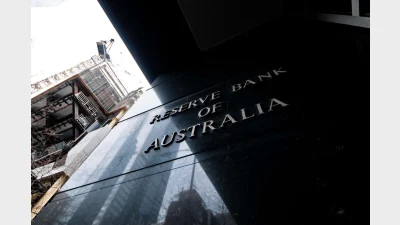Super funds urged to move away from growth assets


A new study into the ‘retirement risk zone' showed the investment choices people in pre- and post-retirement are making within super are putting them at risk.
Released by the Centre for International Finance and Regulation (CIFR), the study showed Australian superannuation portfolios lean mostly towards an ‘aggressive constant mix', with 70-90 per cent of assets allocated to growth assets.
The authors of the study from Macquarie University were surprised that this was the case even in the past five years when retirees felt the pinch after the 2008 global financial crisis.
"Current strategies leave retirees particularly exposed due to high allocations to growth assets," lead author Professor Geoffrey Kingston said.
"If the share of growth assets is progressively scaled back to about half, the risk experienced around retirement can be managed."
Authors Kingston and Professor Lance Fisher urged bodies like the Australian Prudential Regulation Authority and the Australian Securities Investments Commission to catch up with the United States in best practice by moving away from constant-mix asset allocations.
Kingston quoted former Treasury secretary Ken Henry, who said Australian super funds allocate just over a tenth of assets to fixed income while the OECD average is about half.
Kingston recommended a different asset allocation strategy be brought in for retirement funds, where exposure to risky assets declines as investors inch closer to retirement age, and rises again after retirement.
Seven out of 10 households in Australia depend mostly on their pension for an income in retirement, while nine out of 10 draw some pension during retirement.
Recommended for you
Governor Michele Bullock took a more hawkish stance on Tuesday, raising concerns over Donald Trump’s escalating tariffs, which sent economists in different directions with their predictions.
Equity Trustees has announced the appointment of Jocelyn Furlan to the Superannuation Limited (ETSL) and HTFS Nominees Pty Ltd (HTFS) boards, which have oversight of one of the companies’ fastest growing trustee services.
Following growing criticism of the superannuation industry’s influence on capital markets and its increasing exposure to private assets, as well as regulators’ concerns about potential risks to financial stability, ASFA has released new research pushing back on these narratives.
A US-based infrastructure specialist has welcomed the $93 billion fund as a cornerstone investor.












